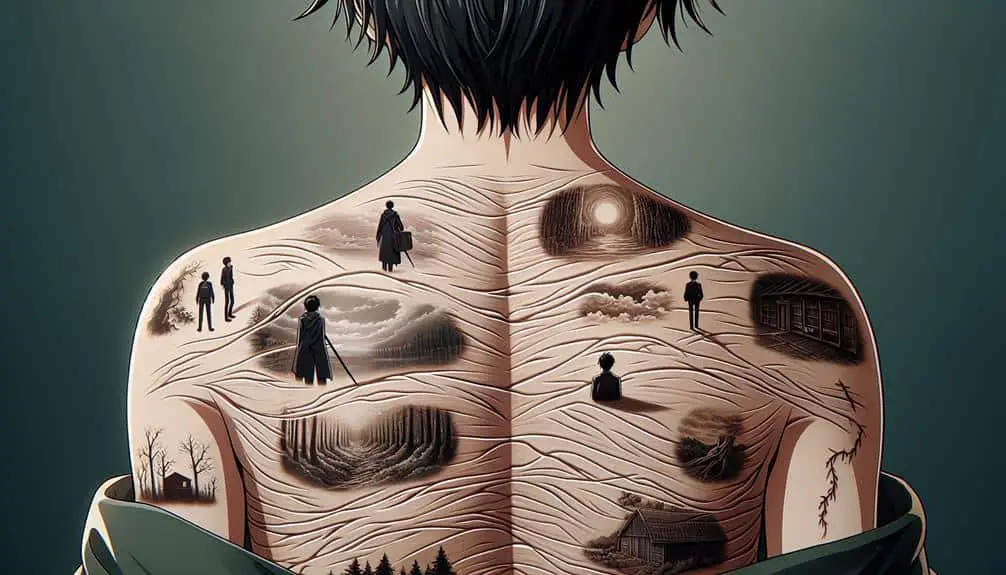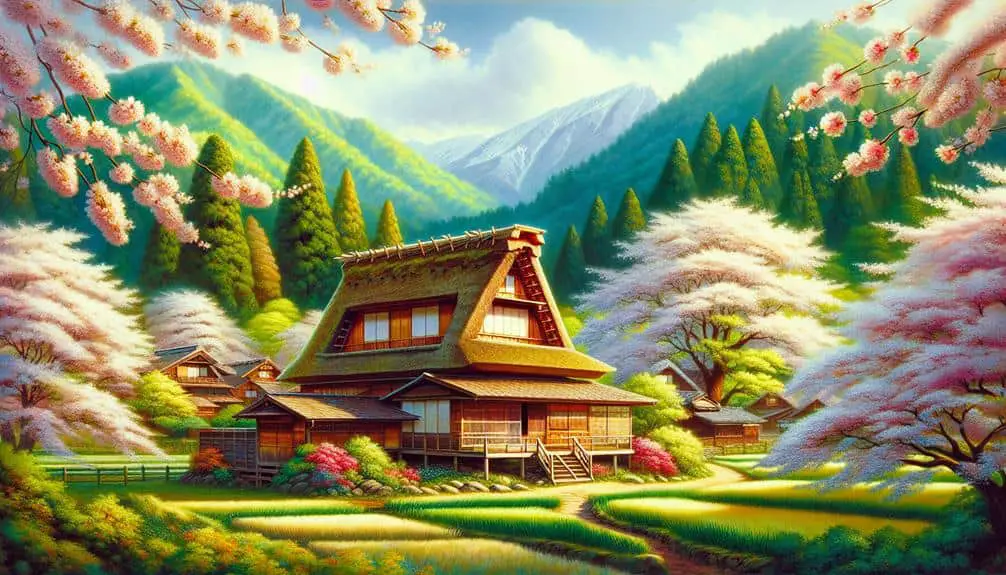Understanding the demon hierarchy is essential. Lower Moon Demons are key, honing unique powers and abilities. They focus on growth to ascend ranks. Criteria for ranking include strength, skill, and strategy. Each demon possesses distinct strengths, from combat to cunning tactics. Power dynamics influence their placement. Territory disputes and alliances shape their power. Loyalty to upper moons is important, betrayal leads to severe consequences. To fully grasp their positions and roles, explore deeper into the intricate demon hierarchy.
Key Points
- Lower Moon Demons' rankings are based on strength, skill, and strategic abilities.
- Their combat prowess, magical skills, and tactical acumen determine their hierarchy position.
- Unique demon abilities and power growth are crucial for advancement.
- Influence dynamics, territorial disputes, and alliances impact their control and status.
- Loyalty to corresponding Upper Moons is essential for survival and progression.
Lower Moon Demons Overview
In the hierarchy of demons, the Lower Moon Demons serve as pivotal entities with unique abilities and powers that distinguish them from their higher-ranking counterparts. These demons possess a diverse range of demon abilities that are honed through rigorous training and experience. From manipulation of elements to mind control, Lower Moon Demons exhibit a mastery that sets them apart in the demon world.
Strength progression is a vital aspect for Lower Moon Demons as they aim to ascend the ranks within the hierarchy. Unlike their higher-ranking counterparts, Lower Moon Demons focus on consistent growth and improvement to enhance their powers. Through battles and challenges, these demons push their limits, revealing new levels of strength and ability.
Understanding the depth of demon abilities and the significance of strength progression is essential in comprehending the role and impact of Lower Moon Demons in the intricate demon hierarchy. As you explore further into their world, you'll uncover a domain filled with complexity and power that defines these unique entities.
Criteria for Ranking
Demon hierarchy ranking is determined by a combination of strength, skill proficiency, and strategic prowess among the demon entities. Within the hierarchy structure, the lower moon demons are assessed based on their individual combat abilities, magical aptitude, and tactical acumen. Importance measurement plays a vital role in determining the ranking of lower moon demons, with physical prowess, magical power, and overall combat effectiveness being key factors.
Lower moon demons are evaluated on their capability to overpower opponents in direct confrontations, showcasing their physical strength and combat skills. Additionally, their proficiency in utilizing magical abilities to enhance their offensive and defensive capabilities is an essential aspect considered in the ranking process. Strategic prowess is another critical criterion, as demons who exhibit superior tactical intelligence and the ability to adapt to different combat scenarios are often ranked higher within the hierarchy.
Power Comparison Among Lower Moons
Lower moon demons' power is intricately analyzed through a comparative lens that highlights their individual strengths and weaknesses within the demon hierarchy. Each Lower Moon possesses unique abilities and strengths that contribute to their overall power dynamics within the demon world. When comparing their powers, it becomes evident that while some lower moons excel in physical strength and combat abilities, others rely more on strategic alliances and cunning tactics to assert dominance.
Power dynamics among the Lower Moons play an essential role in their positioning within the hierarchy. Some demons showcase immense raw power, capable of overwhelming opponents with brute force alone. On the other hand, strategic alliances and manipulative skills are wielded by certain lower moons, allowing them to navigate the complex political landscape of demon society effectively.
Understanding the power differentials among lower moons is vital for grasping their roles and influence within the demon hierarchy. By recognizing the diverse strengths and strategic approaches employed by each lower moon, one can gain insight into the intricate power dynamics that shape the demon world.
Influence and Territory Control
Control over territories and the influence they wield are essential aspects that define the status and power of lower moon demons within the demon hierarchy. Lower moon demons engage in intricate influence dynamics and territorial disputes to solidify their rank and expand their dominance. Understanding the nuances of influence and territory control is critical for mastering the intricacies of the demon hierarchy. Here are some key points to keep in mind:
- Influence Dynamics: Lower moon demons must constantly navigate complex power dynamics within their ranks to increase their influence over other demons and minions.
- Territorial Disputes: Competing for territory is a common practice among lower moon demons, as owning strategic regions can enhance their power and control over resources.
- Strategic Alliances: Forming alliances with other demons can bolster a lower moon demon's influence and territorial control, providing mutual benefits in the hierarchy.
- Resource Management: Effectively managing resources within their territories is crucial for lower moon demons to maintain and strengthen their position in the hierarchy.
Mastering the art of influence and territory control is a pivotal step towards ascending the ranks of the demon hierarchy.
Relationship With Upper Moons
How do lower moon demons manage their relationships with the upper moons within the demon hierarchy? Understanding the dynamics between lower and upper moons is vital in comprehending the intricate web of power within the demon world. Loyalty plays a significant role in these relationships, as lower moons must pledge allegiance to their corresponding upper moon. Betrayal within these dynamics can have severe consequences, often leading to dire outcomes for the party involved.
Lower moon demons are expected to show unwavering loyalty to their respective upper moons. This loyalty isn't only a sign of respect but also a demonstration of the hierarchical structure that governs demon society. Lower moons who exhibit loyalty are often rewarded with protection, resources, and opportunities for advancement within the hierarchy.
However, should a lower moon choose to betray their upper moon, the repercussions can be catastrophic. Betrayal in demon relationships is met with swift and merciless punishment, often resulting in severe consequences such as demotion, exile, or even death. Understanding and managing these complex dynamics is essential for lower moon demons seeking to survive and thrive within the demon hierarchy.




